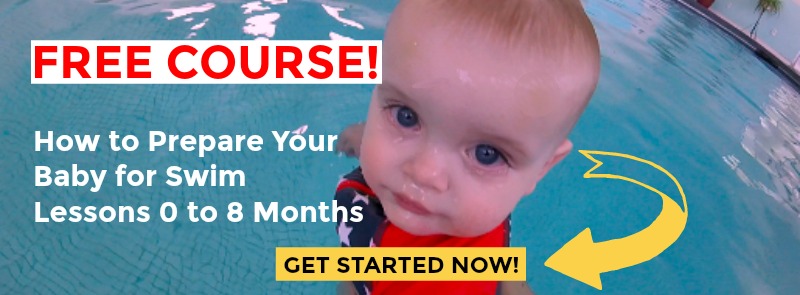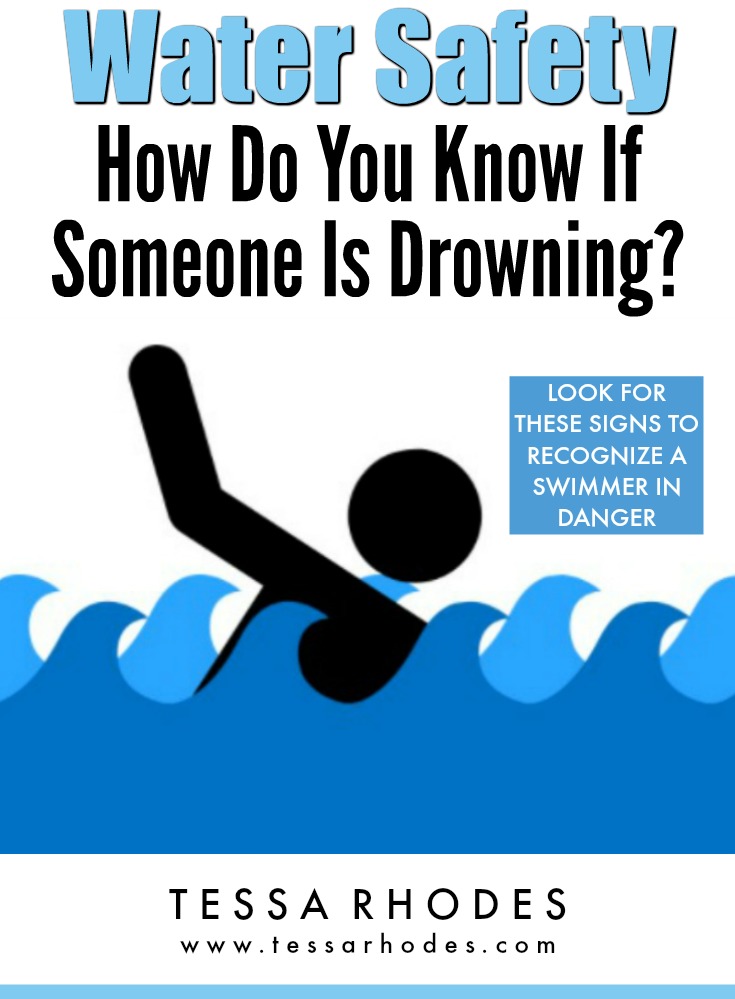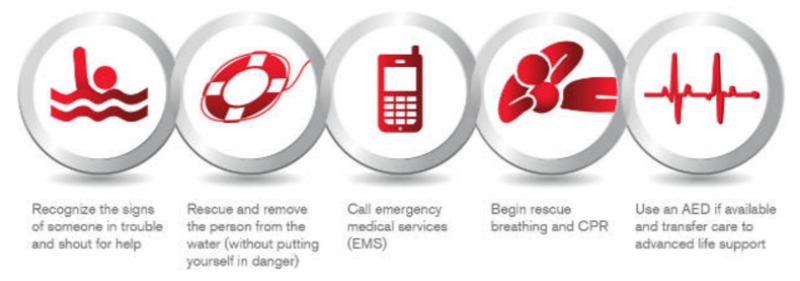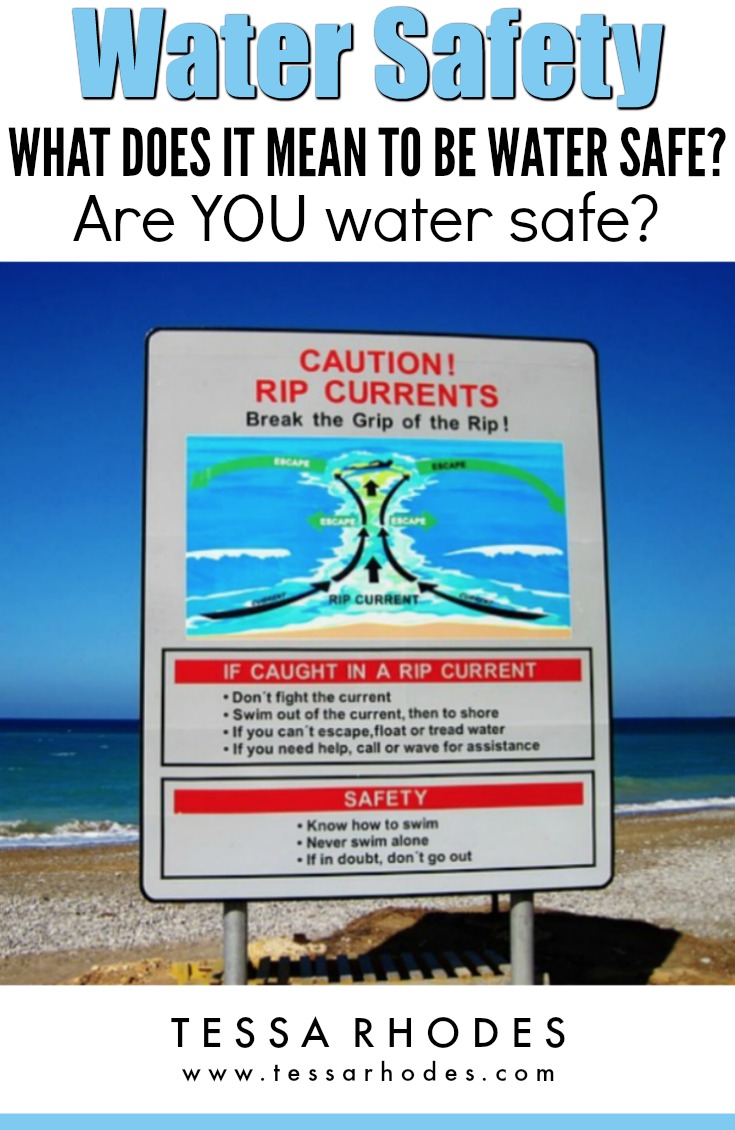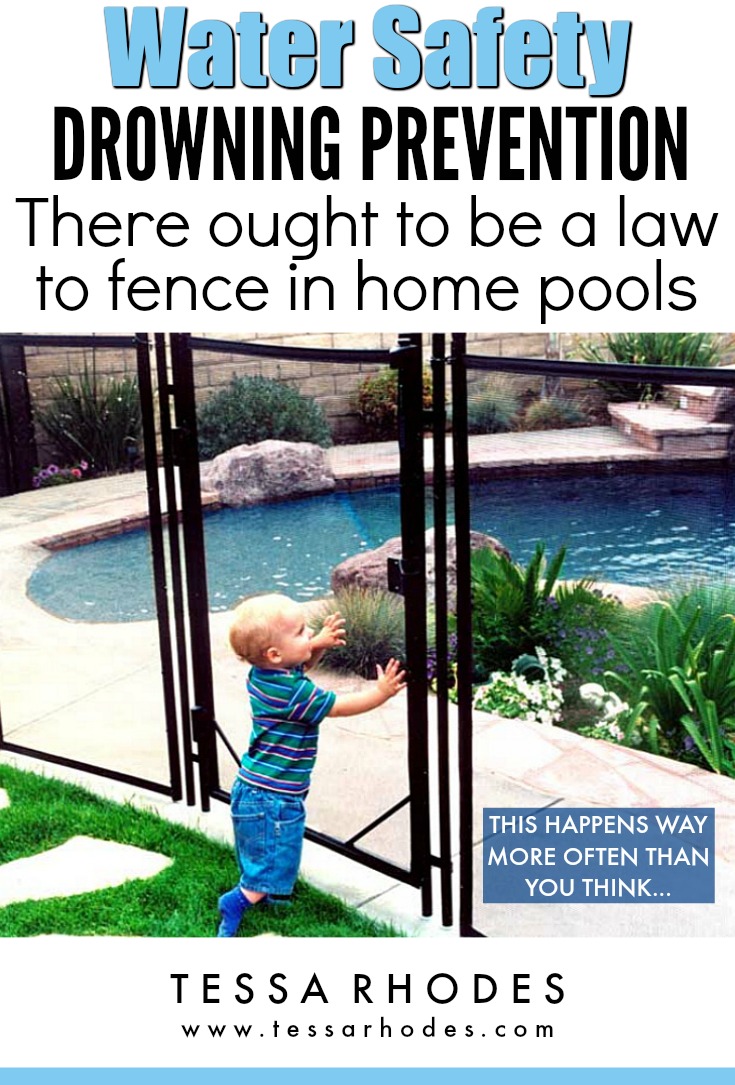least amount of water it takes to drown

Something wonderful has happened in my life, and I want to share it with you. I purchased a mop, but not just any mop. It’s the O-Cedar Spin Mop! I feel like a 1950’s housewife when I talk about this, but I just love my new mop. It’s the best! I honestly do feel like a mid-century housewife when my favorite toy is a mop.
I have no affiliation with it; I just love to share with you anything that makes my life easier. Maybe it’ll make your life easier too.
If you do have the O-Cedar Spin Mop or some other kind of mop that includes a bucket, be sure to empty it after each use, especially if you have very young children.
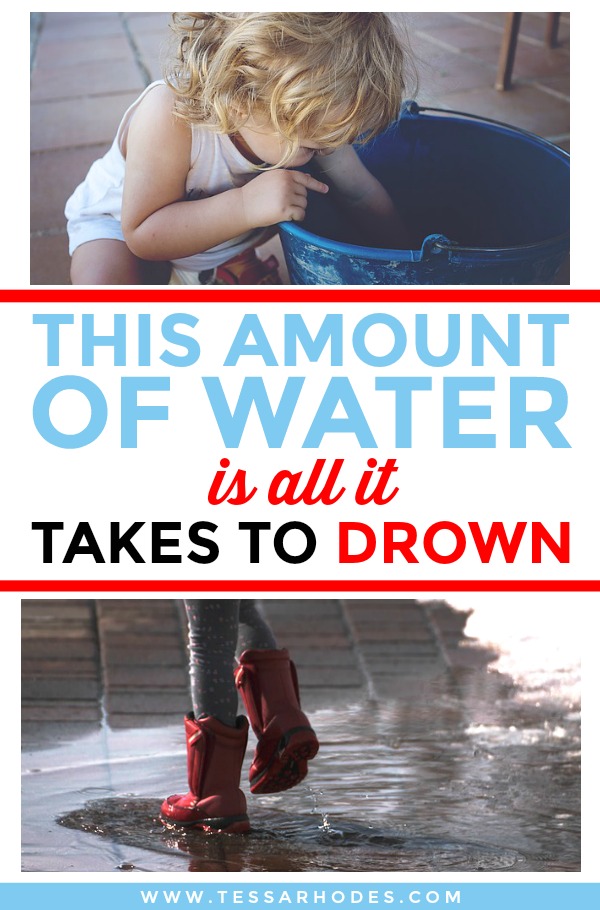
Any water deep enough to cover the mouth and nose, which can be less than two inches, can cause drowning. least amount of water it takes to drown
I know I may sound like a broken record (what do you know, another 1950’s reference). I’m just full of them today. As I was saying, and as I’ve said in the past, provide constant and vigilant supervision of children around all sources of water.
First of all, check for all potential water hazards in and around your home such as:
- buckets of water so
- toilets
- bathtubs
- sinks least amount of water it takes to drown
- puddles
- kiddie pools
- swimming pools
- swimming pool covers
- spas least amount of water it takes to drown
- landscape water features
Also to prevent accidents from happening, provide close adult supervision. Furthermore, be sure to empty all buckets of water, close bathroom doors, use safety locks on toilets, never leave a child unattended in a bathtub, drain the tub and sinks and empty kiddie pools. And finally, include barriers around swimming pools, spas, and water features.
Practice the same supervision and vigilance when visiting another home.
Also, scour your community and make sure your child stays away from landscape water features, such as ponds and waterfalls.
And access to any nearby streams, lakes, rivers and large community ponds should be strictly prohibited unless accompanied by a responsible adult.
No matter how well your child can swim and no matter how shallow the water is, always, always provide constant and vigilant adult supervision.
If you have any thoughts on the subject or experiences that you would like to share, I would love to hear from you.
Love the water but fence it in, least amount of water it takes to drown
Tessa least amount of water it takes to drown
P.S. Get the FREE water safety app to help ensure your family stays safe in, on and around the water. It includes kid-friendly videos and quizzes. Search the iTunes app store for Swim by American Red Cross or click here. For Google Play you can use the same search parameters or click here. It provides the latest in water safety guidance to help ensure your family stays safe in, on and around the water.
P.P.S. To start your child on the path to becoming water safe, click here.
